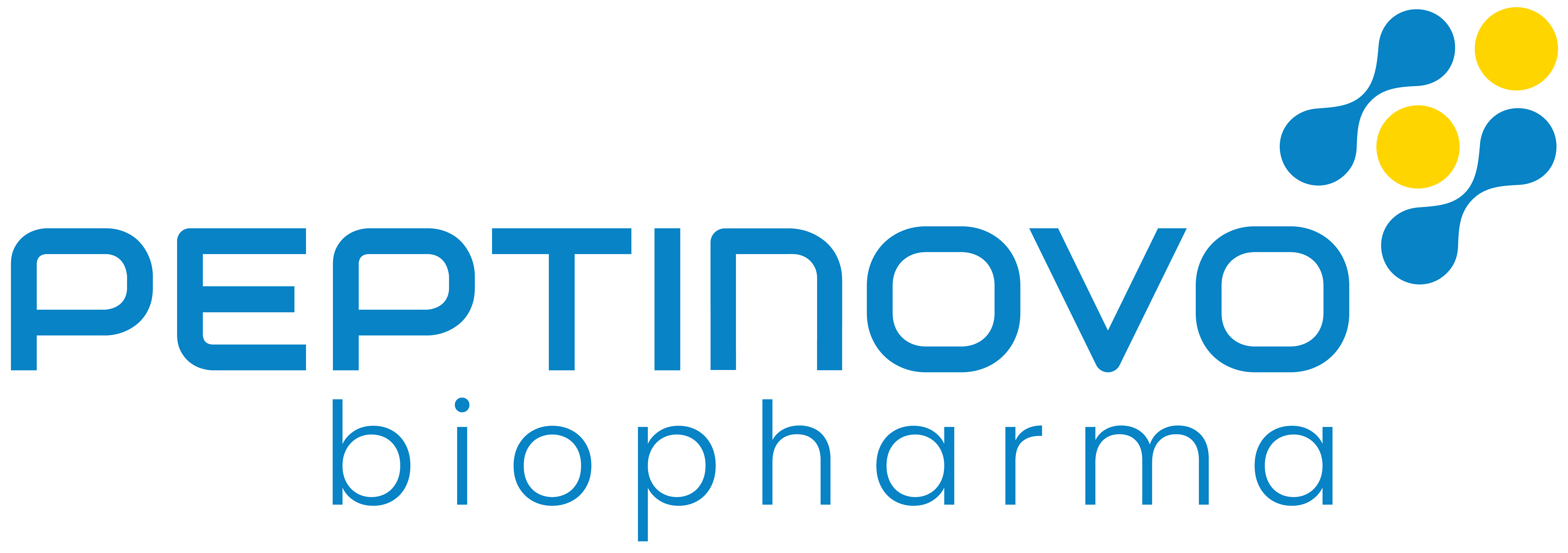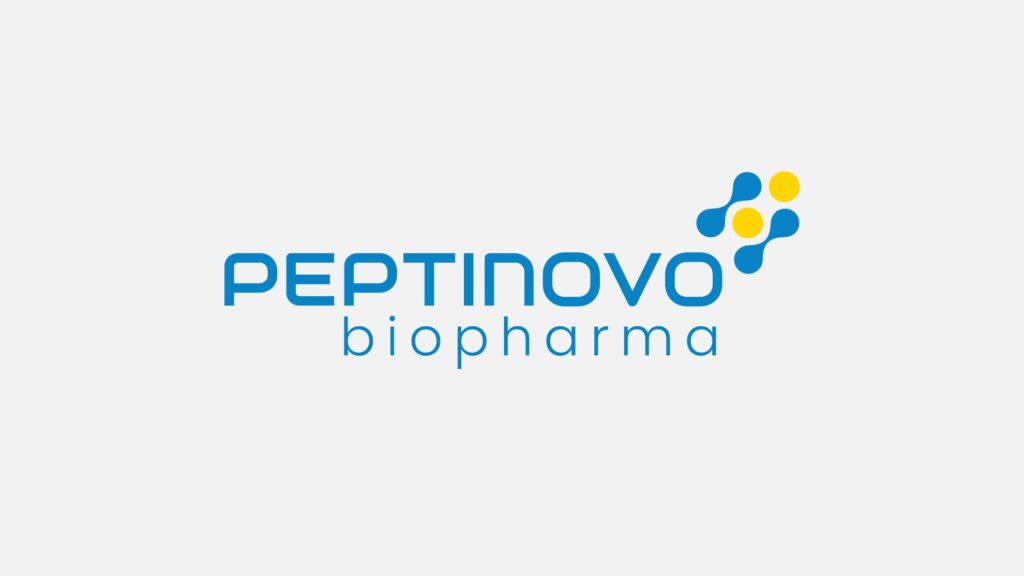Exploring Peptinovo’s Revolutionary Cancer Treatment Technology

Mar. 4, 2025, Ann Arbor, Michigan
Dr. Ren Homan, Chief Scientific Officer and President of Peptinovo Biopharma, has had an extensive and dynamic career in the biopharmaceutical industry. From its inception to the clinic, Peptinovo and its core technology, PALM™ (Peptide-Amphiphile Lipid Micelle), is truly the brainchild of Ren.
After selling his previous startup AlphaCore to AstraZeneca, he rented a lab and began experimenting to solve the stability and manufacturing challenges that caused previous HDL mimics to fail. He had worked with HDL for decades in the cardiovascular space and saw its potential as a smart drug delivery vehicle that could improve chemotherapy safety and efficacy by hijacking a natural process of cancer cell growth.
PALM™ is a synthetic HDL that, much like its naturally occurring counterpart, is used to transport compounds throughout the body. “The foundation of our drug delivery technology emerged from years of iterative research, often conducted alone at the lab bench,” Homan explained. “Our focus is delivering chemotherapy drugs directly to cancer cells, but we have already shown that the platform effectively carries other compounds, expanding its applicability to tumor imaging.”
From leading scientific innovation to managing day-to-day operations—and even in the early days of the company, being the lab janitor—Homan is deeply involved in every aspect of the company’s growth. His responsibilities span from leading research and development to strategizing clinical trials. “Our technology represents a potential breakthrough in cancer drug delivery, and I’m committed to ensuring it reaches patients,” he said.
One of the innovations that came out of this process was to link a vitamin E isomer to the active drug, creating a prodrug that is only activated by the cancer cells’ own internal processes. This prodrug is then inserted into PALM™, which is stabilized by a proprietary peptide that ensures stability and enables the drug to target HDL receptors on cancer cells. “The number of potential drug combinations is vast,” Homan said. “In the next five years, I see this technology reducing side effects, improving survival rates, and helping patients complete their full cycles of treatment.”
PALM™ is designed to enhance the efficacy and safety of approved chemotherapies by targeting tumor cells while sparing healthy tissues. “We’ve successfully tested seven different chemotherapy drugs at the cell culture level,” Homan shared. The company’s lead candidate, PNB-281, combines the PALM™ carrier with paclitaxel, a 30-year-old workhorse of oncology. Preclinical testing has shown vastly reduced toxicity and similar or improved efficacy.
While Peptinovo has primarily relied on in-house consultants for clinical, preclinical, and manufacturing expertise, Homan expressed interest in expanding collaborations. “We’re looking for partners with the methodologies or equipment we don’t currently have,” he said. Peptinovo has conducted key studies internally and aims to publish research detailing the characterization of nanoparticles, their selectivity for HDL receptors, and their impact on tumor cells.
Navigating regulatory requirements is a critical part of Peptinovo’s strategy. The company plans to follow the FDA’s 505(b)(2) pathway, which streamlines the approval process by leveraging existing safety data from paclitaxel. “This pathway allows us to move efficiently without compromising on safety. And our initial feedback from the FDA has been very encouraging of our approach,” Homan explained.
While Peptinovo’s primary focus is on oncology, the technology’s origins in cardiovascular therapy suggest potential applications in other fields. “There’s a large market sector in cardiovascular and other therapeutic areas,” Homan hinted, adding that the company is actively exploring additional applications for their synthetic HDL.
He believes Peptinovo’s approach is superior to other targeted therapy approaches like antibody-drug conjugates (ADCs), which are limited by low payload capacities and higher toxicity. “Our system can load 25 or more chemotherapy molecules onto a single binding site, compared to a maximum of eight for ADCs,” he said. “We also face fewer limitations in terms of which chemotherapy drugs can be bound to our platform. Furthermore, PALM TM manufacturing is far less complex and costly than that for ADCs”.
Reflecting on Peptinovo’s progress and future, Homan emphasizes the importance of leveraging resources efficiently. “Our goal is to deliver groundbreaking cancer treatments while managing costs and overcoming industry challenges. “We’re excited about the possibilities ahead,” he concluded.
Peptinovo media contact:
Katie Merx
katiemerx@gmail.com
+1 (313) 510-5090

